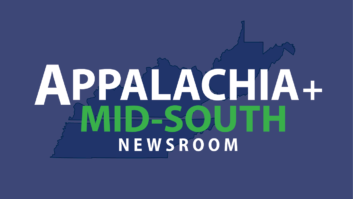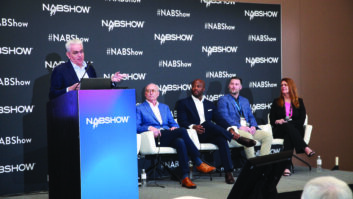
Greater Media says elevated power tests conducted by its engineers along with iBiquity at WKLB(FM), Waltham, Mass. show that a power increase to less than –14 dB — which is 6 dB above the currently authorized digital power level — would provide little “if any” improvement to FM IBOC’s reception issues.
Milford Smith tells me the tests took place over a month’s time and looked at results for various digital power levels… when the digital power was at –20 dB up to and including the proposed –10 dB. They did drive tests using a JVC KDHDR50 car HD Radio, and also indoor tests using a Sony table HD Radio, the Sony XDR-S10HDiP and a prototype KRI-made portable armband radio.
In comments filed with the commission, Greater Media said mobile tests show at the current digital power level of –20 dB, there are “significant and serious digital coverage deficiencies within the WKLB(FM) 54 dBu protected analog contour” on all the measures routes. The “cliff effect” of digital radio propagation characteristics make any loss of the digital signal, even momentary, irritating to the listener, who is likely experiencing the fallback to analog accompanied by a significant decrease in fidelity. Greater Media and iBiquity point to numerous points along all the tested routes where the digital signal was lost. And when digital dropouts occur with a multicast channel, the signal is simply gone.
Digital power at –14 dBc (reflecting a 6 dB increase over the current digital power level) showed significant improvement but also evidence of occasional losses of the digital signal within the underlying analog 54 dBu protected contour. IBiquity has proposed an interim power increase of 6 dB, which provides significant improvement, but fails in terms of replicating the analog signal coverage, say the technology developer and Greater Media.
With the digital power level raised 10 dB, at –10 dBc, there was marked improvement in digital coverage. “Other than terrain shadowed area in the Providence/Pawtucket and Plymouth areas, digital reception is virtually flawless over the various routes,” wrote Greater Media and iBiquity. Virtually no digital signal dropouts were observed. “This is the level of service a listener anticipates and expects,” they wrote.
It’s an interesting experience to read comments from HD Radio advocates iBiquity and Greater Media that point out deficiencies in digital coverage.
They’ve been saying this for more than a year, when the 18 “Joint Parties” proposed the voluntary digital power increase; however the new tests build on the previous Los Angeles indoor reception tests and involve structures representing more types of construction materials. Broadcast organizations have had to get very specific in their effort to convince the FCC to approve a power increase.







